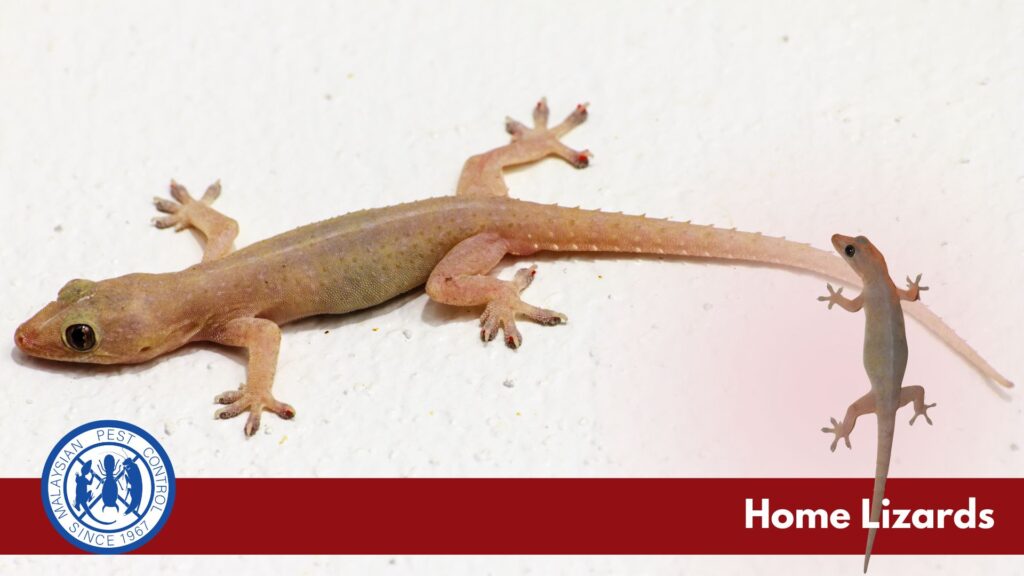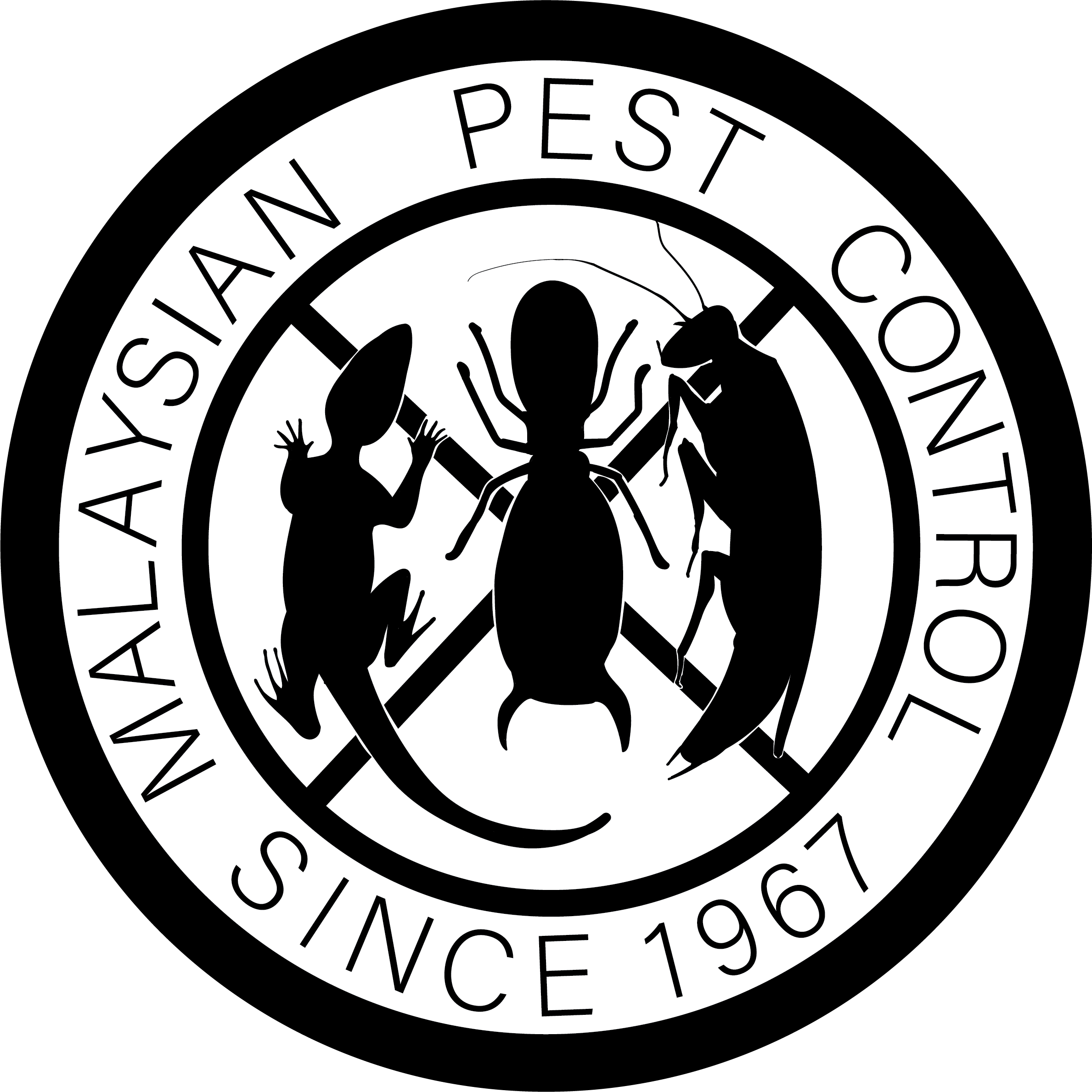About Home Lizards

When it comes to lizards commonly found in homes, which some consider pests due to their presence being unwelcome or simply due to personal discomfort, the species vary by region. However, two of the most commonly encountered types of lizards in and around homes in many parts of the world include the House Gecko (Hemidactylus frenatus) and the Common Wall Gecko (Tarentola mauritanica). Here’s an overview focused on these species:
Introduction to Home Lizards
- House Gecko (Hemidactylus frenatus): Often seen on walls and ceilings, house geckos are small, usually measuring about 3 to 6 inches in length. They have soft, translucent skin, allowing some internal organs to be faintly visible, and their color can vary from light brown to gray. They are known for their distinctive chirping sounds.
- Common Wall Gecko (Tarentola mauritanica): These geckos are a bit larger and have a more robust build compared to house geckos. Their skin is rougher, with a mottled pattern that helps them blend into their surroundings.
Biology and Lifecycle
- Reproduction: Both species lay eggs, with house geckos producing clutches of two eggs several times a year. Wall geckos have similar reproductive habits, with slight variations depending on environmental conditions.
- Growth: Young geckos hatch from eggs fully formed and are independent from birth. They grow rapidly in the first year and can live for several years, depending on the species and conditions.
- Adaptation: These geckos have adapted well to urban environments, finding ample food and shelter in human dwellings.
Behaviour and Habitat
- Feeding Habits: Both species are nocturnal and feed on insects, making them natural pest controllers. They are particularly fond of moths, mosquitoes, and other small insects attracted to lights.
- Habitat Preferences: While they are often found on walls and ceilings, these lizards prefer warm, humid environments and can be found hiding behind furniture, in wall cracks, or among potted plants during the day.
Interaction with Humans and Pets
- Pest Status: While these geckos are harmless and beneficial due to their diet of insects, they are often considered pests due to their droppings and sometimes their sheer numbers. They do not bite or pose any direct threat to humans or pets.
- Disease Transmission: There is minimal risk of disease transmission from these lizards. However, like any wild animal, they can potentially carry bacteria or parasites that could contaminate surfaces.
Management and Prevention
- Exclusion: Sealing entry points, such as gaps around doors, windows, and utility lines, can help prevent lizards from entering the home.
- Habitat Modification: Reducing outdoor lighting can help minimize insect attraction, indirectly reducing lizard populations. Removing standing water and debris can also limit lizard hiding spots.
Environmental Consideration
It’s important to remember that these lizards play a beneficial role in controlling insect populations. Their presence is a sign of a healthy ecosystem. Considering humane and non-lethal management methods is encouraged to maintain biodiversity and ecological balance.
In summary, while house and wall geckos can be considered pests when they invade homes, their role in natural pest control often outweighs the negatives. Understanding their habits and ecological benefits can help homeowners make informed decisions about managing their presence.



